
Oil Paint Binders: A Comprehensive Overview
Summary
Reflection Questions
Journal Prompt
Oil painting is an age-old art form that has captivated artists for centuries. It provides a timeless platform for self-expression. At the heart of this medium lies a couple of essential components: binders and pigments. These “ingredients” play a crucial role in the composition of oil paints—affecting not just their consistency but also their durability and appearance on canvas. In this article, we take a closer look at what’s involved in formulating oil paints. We will explain the essential role of binders in paint, and how they interact with the ground layer and different pigments. Read on to learn more.
The Role of Binders in Oil Paint
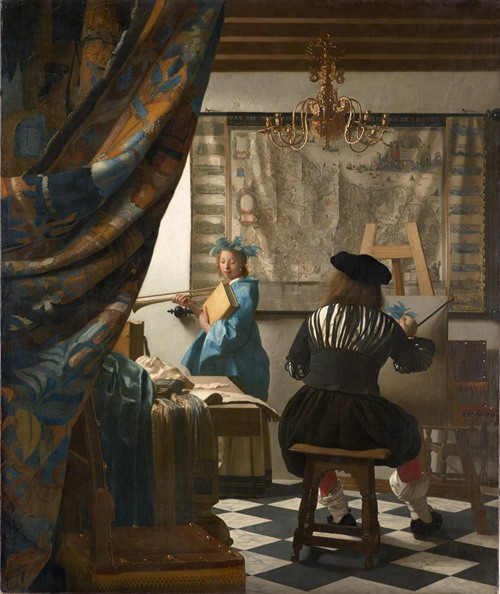
Paint binders are incredibly important in shaping the character of oil paint. They are essentially the glue that binds pigments together. They dictate the paint’s consistency and its overall performance on the canvas.
Artists often refer to binders as the backbone of oil paints. They act as a medium to suspend pigments—allowing artists to manipulate the paint with ease. Understanding the nature of these binders is crucial for artists aiming to achieve specific effects in their work.
One key aspect affected by paint binders is the drying time of the oil paint—a crucial consideration for any painting medium. Different binders can speed up or slow down the drying process, providing artists with control over the pace at which their creations take form on the canvas.
Beyond drying time, the choice of binders significantly influences the texture of the finished artwork. These binders contribute to the longevity of the painting—affecting its resilience over time. Exploring the intricacies of binders in art sheds light on how artists can balance the immediate visual impact with the lasting quality of their creations.
At its core, the binder plays a pivotal role in amalgamating pigments and other additives into a cohesive mixture that not only showcases the vibrancy of colors but also determines various other properties of the final artwork.
Historical Development of Oil Paint Binders

The roots of paint binders in oil painting extend deep into history—reaching back to ancient Egyptian civilizations. Early artists experimented with various substances to bind pigments—laying the groundwork for the rich tradition of oil painting we know today.
The Renaissance era witnessed a profound transformation in the use of binders. Visionaries like Leonardo da Vinci and Titian pioneered techniques that revolutionized oil painting. The mastery of specific binders became a hallmark of artistic innovation—shaping the vivid colors and intricate details that define Renaissance masterpieces.
Throughout history, notable figures have left their mark on the evolution of oil paint binders. From the meticulous recipes of medieval alchemists to the refined formulations of Renaissance artists, each era brought new insights. Explore the contributions of these key historical figures as they navigated the delicate balance between science and art in the quest for the perfect binder.
The journey of oil paint binders—including inorganic binders—is marked by significant milestones. Advances in binder technology not only influenced artistic styles but also expanded the possibilities for expression. Delve into the pivotal moments that shaped the trajectory of binders in art—uncovering the nuanced progression from simple concoctions to the sophisticated formulations of later centuries.
This exploration of the historical development of oil paint binders illuminates the fascinating intersection of art and chemistry. From ancient Egypt to Renaissance innovations, the evolution of binders mirrors the ever-changing landscape of artistic expression—making them integral to the narrative of art history.
Types of Oil Paint Binders
Linseed Oil
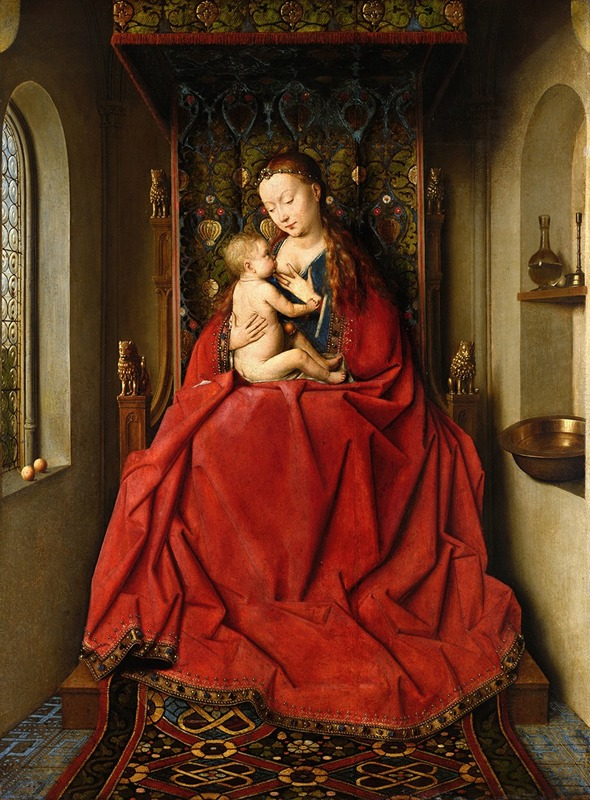
Renowned for its versatility, linseed oil is one of the most commonly used oil paint binders. Extracted from flax seeds, artists can manipulate its drying time—which is an incredibly valuable characteristic of this binder. Linseed oil enhances the luminosity of colors—providing a glossy finish to paintings.
Artists frequently turn to linseed oil for its broad applications. From creating intricate glazes to achieving expressive impasto effects, this binder’s adaptability makes it a go-to choice for many painters.
Walnut Oil and Poppyseed Oil

In the realm of alternative binders, walnut oil and poppyseed oil offer distinct qualities. Walnut oil—with its pale color and slow drying time—imparts a rich, clear finish. Poppyseed oil—on the other hand—is known for its light color and subtle, silky texture—making it ideal for delicate brushwork.
Artists often turn to walnut and poppyseed oils for specific artistic goals. Whether aiming for extended blending time or seeking a particular finish, these binders provide artists with nuanced options to tailor their techniques.
Fuel your creative fire & be a part of a supportive community that values how you love to live.
subscribe to our newsletter
*please check your Spam folder for the latest DesignDash Magazine issue immediately after subscription

Safflower Oil and Other Less Common Binders
Less common but no less intriguing, safflower oil and other alternative binders bring diversity to the artist’s palette. Safflower oil—with its light color and relatively fast drying time—finds applications in specific artistic contexts—adding to the array of choices available to artists.
This exploration of oil paint binders—from the commonly used linseed oil to the lesser-known safflower oil—unveils the palette of possibilities artists have at their disposal. Each binder contributes its unique characteristics—allowing artists to weave their stories on the canvas with the precision and expression that defines their craft.
Characteristics of Different Binders
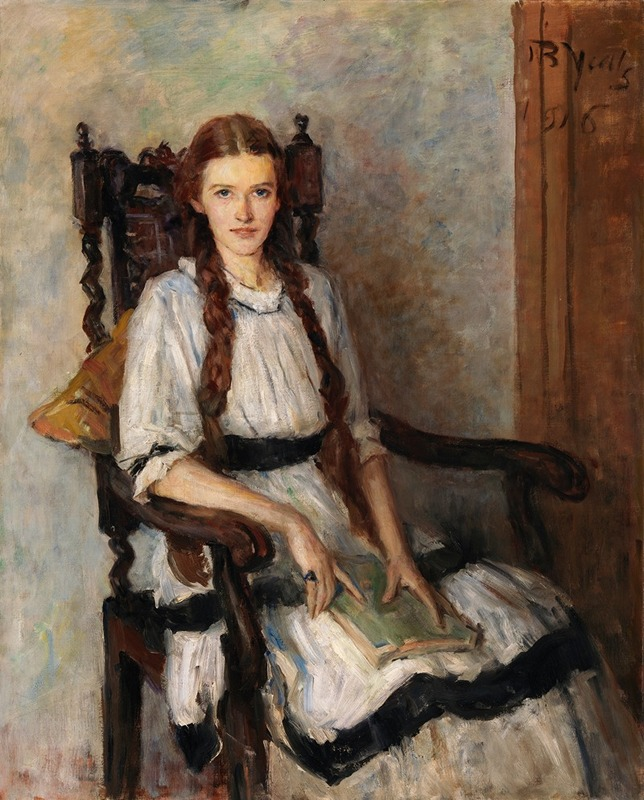
Understanding the nuances of various types of binders is essential for artists aiming to master the art of oil painting. When delving into the realm of oil paint binders, it’s essential to understand the intricate components that contribute to the artistry of the medium. Let’s explore the distinctive characteristics that set different binders apart—influencing the drying rates, aging processes, and overall aesthetic of artworks.
Drying Rates
The pace at which oil paintings dry can significantly impact an artist’s workflow. The drying rate of oil paints also depends on factors like the thickness of the application, the ambient temperature and humidity, and the presence of drying accelerators or retardants in the paint mixture.
Linseed oil dries relatively quickly compared to other oils. It forms a strong, flexible film as it dries—which is why it’s favored by many artists. Typically, it can take a few days to a week for the paint to become touch-dry.
Walnut oil dries slower than linseed oil but faster than poppy seed oil. It’s known for its clear, non-yellowing quality—making it ideal for lighter colors. The drying time can range from a few days to over a week. Poppy seed oil dries very slowly—often taking more than a week to dry to the touch. It’s less ideal for underpainting or layers that need quick drying.
Similar to poppy seed oil, safflower oil is slow drying and less prone to yellowing. It’s often used with light colors and can take a week or more to dry. Stand oil is a thickened version of linseed oil. It dries very slowly and is often used in mediums to create a smooth, enamel-like finish. Its drying time can be significantly longer than regular linseed oil. Less common, sunflower oil dries slowly and is sometimes used in oil paints. It has similar properties to safflower and poppy seed oils.
Yellowing and Cracking
As artworks age, some binders exhibit tendencies to yellow or crack. These considerations are crucial for artists when selecting art supplies—emphasizing the importance of understanding the long-term effects of different binders on their creations. Naples yellow—a pigment known for its warm undertones—often finds itself intertwined with these binders—adding a touch of light to the overall palette
Consistency and Finish
The consistency of oil paint is a crucial factor in artistic expression. Artists often encounter the challenge of achieving the right dispersion when mixing the pigment with a binder. This is where solvents come into play, acting as a solution to ensure the even distribution of pigments. However, caution must be exercised—considering the potential presence of heavy metals in some formulations. Therefore, a suitable solvent is crucial to strike a balance between effective dispersion and the safety of the artist.
Choosing the Right Binder for Your Art
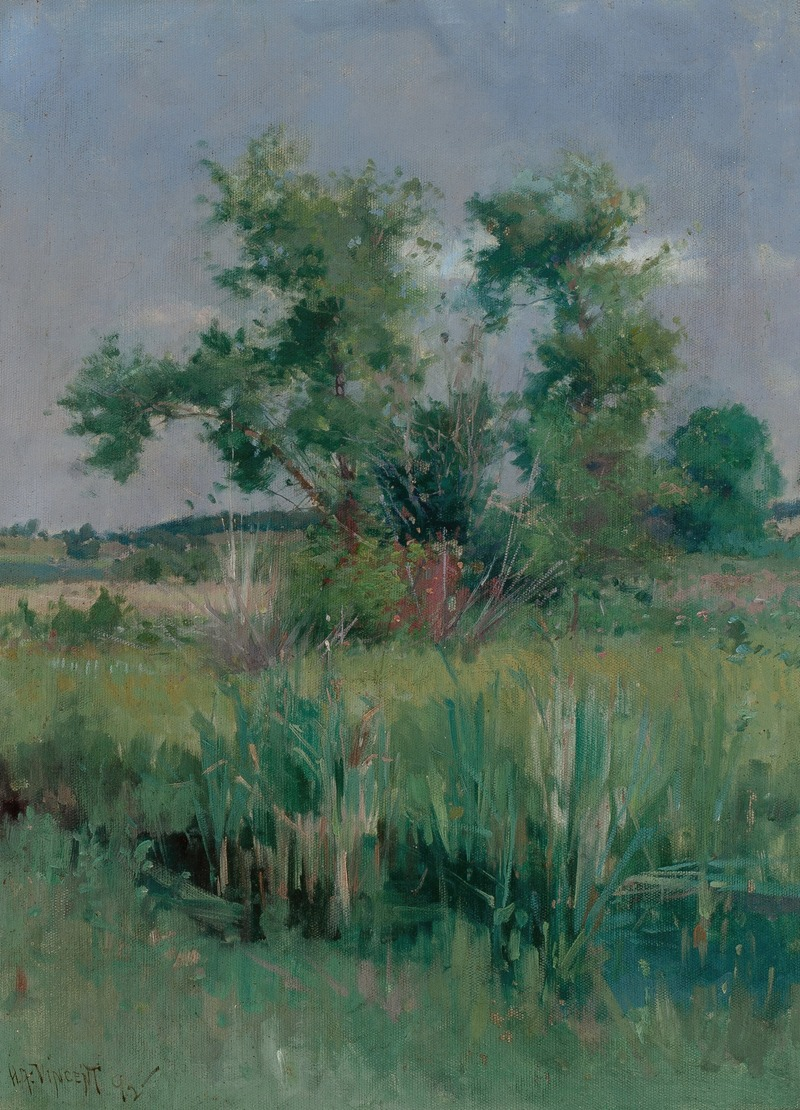
Selecting the appropriate binder is a crucial decision for artists—shaping not only the technical aspects but also the visual impact and longevity of their creations. Let’s explore the factors influencing this choice and delve into modern innovations that expand the palette of possibilities.
Factors to Consider
When choosing a binder, artists must weigh various factors. Considerations like the desired drying time, finish (glossy or matte), and the longevity of the artwork are pivotal. Whether you opt for oils, acrylic paint, or tempera paint, each binder provides a distinctive combination of these characteristics. This variety empowers artists to make choices that align with their specific artistic objectives.
Binder Combinations and Experimentation
Artistic experimentation knows no bounds, and this extends to the realm of binders. Moving beyond traditional binders, some artists explore unconventional options like casein, derived from milk, or egg tempera, each offering unique opaque qualities. Unlike watercolor, where the pigments are typically suspended in water, oil paint binders create a more robust, enduring skin on the canvas.
In the quest to create the perfect mixture, it’s not just about binders and pigments. Considerations extend to the incorporation of various materials and other properties. This includes the use of wax as an additive, contributing to both the texture and luminosity of the artwork. The medium’s versatility allows for the exploration of mixed solutions—opening up avenues for artists to experiment and innovate.
Modern Innovations in Binders
In the contemporary art landscape, synthetic and alkyd binders—along with water-soluble binders—have emerged as innovative alternatives for art supplies. Explore their properties and applications—from accelerated drying times to enhanced durability. These modern binders—including binding medium options—open up new avenues for artists seeking efficiency and versatility in their work.
Environmental and Health Considerations
As the art world evolves, so does the awareness of the environmental and health impact of materials. Engage in a discussion on how different binders contribute to these considerations. Discover the ongoing efforts to promote safer, more sustainable options—aligning artistic expression with a conscientious approach to the environment and well-being.
This exploration into choosing the right binder for your art invites artists to navigate the wealth of options available. By understanding the interplay of factors, experimenting with binder combinations, and embracing modern innovations, artists can not only hone their craft but also contribute to a more sustainable and health-conscious artistic practice.
As artists engage in the alchemy of their craft, the choice of binders becomes paramount. Whether opting for natural binders or venturing into the realm of resins, the interplay of pigments, solvents, and other additives creates a dynamic symphony on the canvas—giving life to the artist’s vision through layers of coatings and colors.
Best Practices for Working with Oil Paint Binders
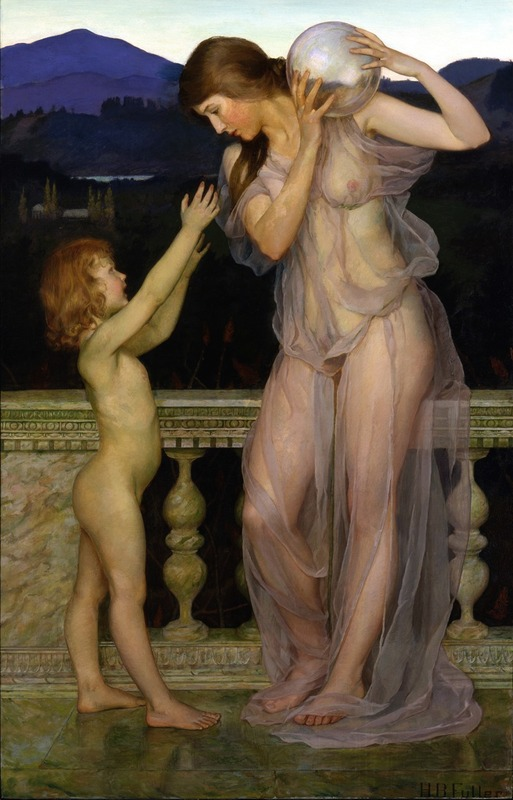
While working with oil paint binders, you should adopt best practices to ensure both the longevity of your creations and the safety of your artistic process. Consider storage and preservation techniques to maintain the quality of your oil paints over time. By adhering to these practices, you not only safeguard your artwork but also contribute to a sustainable and fulfilling artistic practice. As your brushes dance across the canvas, may these best practices become the silent allies that preserve your artistic legacy. Happy creating!
By Armela E.
Design Dash
Join us in designing a life you love.
12 Interior Design Programs in Colorado for Emerging & Mid-Career Professionals
From accredited degrees to flexible certificates, here are twelve excellent interior design programs in Colorado.
5 Insightful Business of Home Podcast Episodes from the Past Year
Tune in to five excellent episodes of the Business of Home Podcast that explore how we’re rethinking growth, sustainability, and leadership.
Boost Your Bottom Line: Real Talk from the DesignDash Community
LIKE 0 LEAVE COMMENT 0 4 min read SummaryReflection QuestionsJournal Prompt What happens when a group of incredible firm owners come together to talk candidly about the business side of design? Clarity, confidence, and a bunch of much-needed lightbulb moments. During our April DesignDash Co-Working Session, hosted by firm owner, DD Co-Founder, and community leader…
Spec-Only Projects: Should Designers Consider This Revenue Stream?
Thinking about adding spec-only design to your service offerings? Explore whether this approach is the right move for your studio.
DesignDash Guide: Our Top Tips for Layering Drapes During Summer
Here are our top designer tips for layering drapes during summer—from breezy sheers and breathable linens to smart hardware and seasonal color palettes.
Can You Hang Art Over Wallpaper? Yes—Here’s How to Do It Right
Yes, you can hang art over wallpaper—here’s how. This designer-approved guide covers scale, framing, cohesion, and installation.








